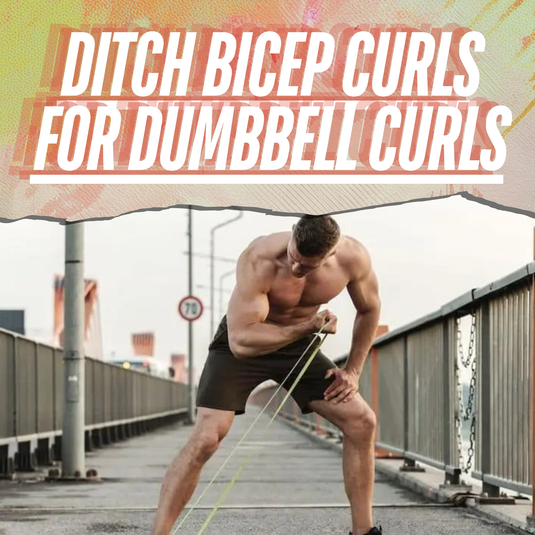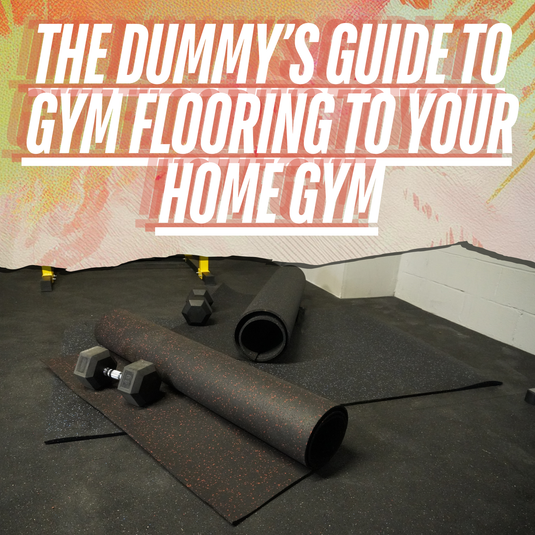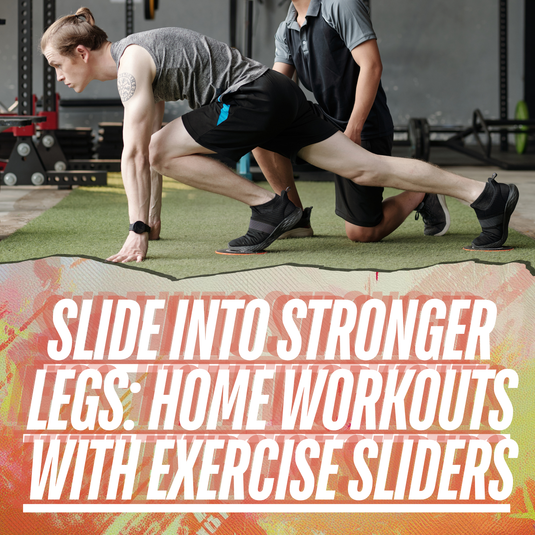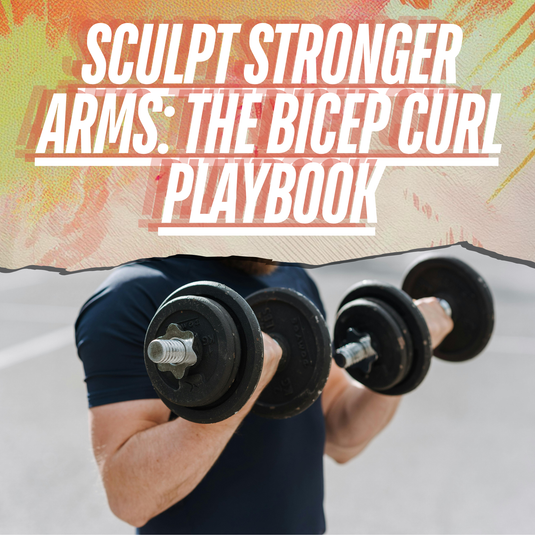When to Use Heat vs Cold Therapy

⏱️ Estimated Read Time: 6–7 minutes
TL;DR
- Cold therapy reduces inflammation and is ideal post-workout or injury.
- Heat therapy enhances mobility and relieves chronic tension.
- Use each at the right time to optimize recovery and prevent setbacks.
Summary
Heat and cold therapy are powerful tools for recovery. Cold therapy is best right after a workout or injury to reduce swelling, while heat is great before workouts or for loosening chronic stiffness. This guide helps you decide when and how to use both effectively.
Recovery is just as essential to fitness as lifting weights, running miles, or crushing high-intensity intervals. It’s the rest and repair period that allows your muscles to rebuild stronger, your joints to recover from impact, and your nervous system to reset. One of the most time-tested, accessible, and affordable tools for recovery is temperature therapy—specifically, heat and cold.
But when should you use heat? When is cold more appropriate? And what happens when you use the wrong one? In this guide, we’ll break down the science and practical application of both heat and cold therapy so you know exactly what to reach for—whether you're sore from a heavy squat day or stiff after sitting all day before your workout.
❄️ What Is Cold Therapy?
Cold therapy, or cryotherapy, involves applying something cold—like an ice pack, cold plunge, or compression sleeve—to the body. The goal is to reduce inflammation, decrease blood flow to the area, and numb pain receptors .
Common methods include:
- Ice packs or gel packs
- Cold plunges or ice baths
- Cold compresses or wraps
- Topical cooling products (like menthol sprays)
Cold therapy is best used immediately after activity or in the 24–48 hours following an acute strain or minor injury. It works by constricting blood vessels, slowing cellular metabolism, and helping control swelling and inflammation. That’s why cold is your go-to if your knees feel achy after squats, your back’s sore from deadlifts, or your shoulder feels tweaky after overhead presses.
Benefits of Cold Therapy
- Reduces swelling and inflammation
- Helps numb sharp or acute pain
- May decrease muscle soreness post-workout (DOMS)
- Improves short-term recovery after high-impact sessions
When to Use Cold Therapy
- After an intense workout (especially eccentric-heavy like squats or deadlifts)
- Within 24–48 hours of injury or soreness
- If there’s swelling, bruising, or joint irritation
- After high-intensity cardio or endurance training
🔥 What Is Heat Therapy?
Heat therapy increases blood flow to tissues by dilating blood vessels, improving oxygen delivery, and helping tight muscles relax. The warmth can also have a soothing, analgesic effect, making it a favorite for chronic soreness, stiffness, or recovery before movement .
Common forms include:
- Heating pads or hot water bottles
- Warm showers or baths
- Infrared saunas
- Heated wraps or towels
Benefits of Heat Therapy
- Improves circulation and blood flow
- Relaxes tight or overused muscles
- Reduces stiffness in joints or connective tissue
- Helps prep the body for movement or stretching
When to Use Heat Therapy
- Before a workout if you feel tight or stiff
- For chronic tension or soreness (e.g., in the back, hamstrings, or hips)
- To improve mobility before foam rolling or stretching
- As a relaxation or recovery tool for rest days
⚖️ Heat vs Cold Therapy: Side-by-Side Comparison
| Use Case | Cold Therapy | Heat Therapy |
|---|---|---|
| Best for | Inflammation, swelling, acute pain | Tightness, stiffness, chronic soreness |
| When to use | Immediately after workouts or injury | Before workouts or during recovery days |
| Primary effect | Constricts blood vessels, reduces swelling | Dilates blood vessels, increases circulation |
| Caution | Avoid prolonged exposure or direct skin contact | Avoid on fresh injuries or active inflammation |
🙅 Common Mistakes to Avoid
- ❌ Using heat on a fresh injury — it can increase swelling
- ❌ Using ice for too long — 15–20 minutes is enough
- ❌ Applying ice or heat directly to the skin without a barrier
- ❌ Relying only on passive recovery — use movement-based recovery too
🧠 Bonus: What About Contrast Therapy?
Contrast therapy alternates between cold and hot treatment. It’s often used to help improve circulation and accelerate recovery in athletic settings. You’ll go from cold (e.g., an ice bath) to hot (e.g., sauna or hot tub) in short intervals. While evidence is still emerging, many athletes report subjective improvements in muscle soreness and recovery time.
💡 Final Tips
- Start with cold therapy if your muscles are inflamed, swollen, or feel "beat up"
- Use heat to loosen up tight areas or prep for movement
- Don't overdo either — use for 15–20 minutes at a time
- Try combining with massage, foam rolling, or mobility drills
✅ Summary
Using heat or cold therapy effectively can make a meaningful difference in your recovery and performance. Cold helps calm things down. Heat helps get things moving. The key is using the right tool at the right time.
At Living.Fit, we believe that recovery isn’t optional — it’s part of the program. Whether you’re training for strength, mobility, or general fitness, adding temperature therapy to your toolkit can help you bounce back stronger, faster, and smarter.
❓ Frequently Asked Questions
Can I use both heat and cold therapy on the same day?
Is cold therapy good for muscle soreness?
Should I use heat after lifting weights?
How long should I apply hot or cold therapy?










